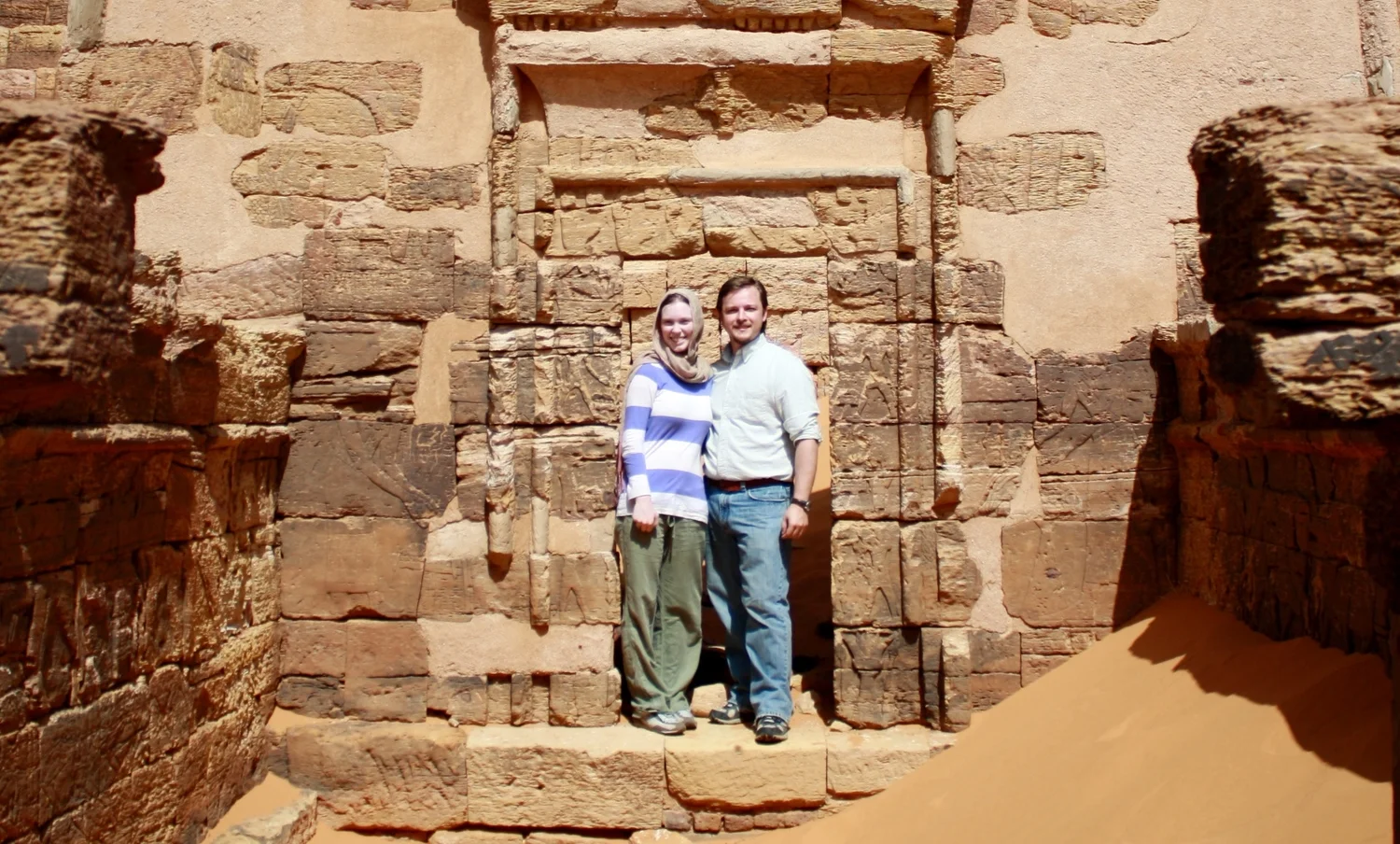There is something wonderful about the ancient houses of worship that stand across Europe. I find myself drawn to prayer and reflection when I step across the threshold, beneath the vaulted ceilings, and into their cross-shape sanctuaries. Stained into the windows and carved into the stones is the history of God meeting with His people. These places of praise stand anachronistic to the world around them, microcosms of artistic evangelism, dislodged from space and time.
Last year, I knelt in a Belgian cathedral founded in 1147 A.D. encompassed by crumbling rocks and the clear blue sky above and I was surrounded by the great cloud of witnesses rippling out in waves the message of Jesus across the globe for a thousand years (Hebrews 12.1). In its wings, men and women knelt, prayed, and sought the presence of the Lord knowing that He had something better for them than even the greatest heroes of faith had experienced (Hebrews 11.32-40)! In that place they met with God, redeemed in the blood of Jesus and transformed in the power of His Spirit.
How could we stand in a place like that and not worship God? Can you hear the hymn of Bernard de Clairvaux, “What language shall I borrow to thank You, dearest friend, for this Your dying sorrow, Your compassion without end? O make me Yours forever. And Lord, should I begin to faint let me never, never outlive my love for You.” The empty cathedrals of Europe are echoing his refrain. Windows and walls overwhelmed with the images of Christ but the people have all departed. Who will go and bring them in?
We stand saturated in prismatic light flooding through the redemptive stories displayed, but are we washed in the transformational truth they convey? Do we still come to the walls of these cathedrals or their message rooted in Scripture with arms raised and voices singing, “Praise the Lord!” and “Let it be!”? Do we see the angels in the architecture?
As a child I remember hearing Africa’s influence on Paul Simon. It was like he stepped into my life and gave music and lyrics to my third culture experience. In one Graceland song he wrote:
A man walks down the street.
It's a street in a strange world,
Maybe it's the Third World,
Maybe it's his first time around.
He doesn't speak the language.
He holds no currency.
He is a foreign man.
He is surrounded by the sound,
The sound,
Cattle in the marketplace,
Scatterlings and orphanages.
He looks around and around,
He sees angels in the architecture
Spinning in infinity
He says Amen! and Hallelujah!
In that simple song, Simon translated all the grandeur of the colossal cathedrals into the language of my youth, the rhythms of the market and the colors of my world. With each improvised chord, every syncopated beat, Christ creates space to sing Amen! and Hallelujah!
Every cathedral, every church, every house is built by someone, yet the true builder of all things is God (Hebrews 3.3). Moses met with God in a tent, and the Spirit of God would descend as a pillar of cloud calling all the people to rise up and worship (Exodus 33.9-10). Joash met with God in his childhood spent hidden within the walls of Solomon’s Temple and later led his people in repairing their house of worship (2 Kings 11.3; 12.6-16). Lydia met with God beside a river, then opened her home to all the followers of Jesus in Philippi creating the first church in Europe (Acts 16:11-15, 40).
Where did you first meet with God? Who created space for you to meet with Jesus? Are you willing to invite others into that sacred space? Are you ready to go out as God’s people, living stones in His eternal cathedral (Hebrews 3.6, 1 Peter 2.5), creating simple places of true communion with our Creator among the scatterlings and orphanages as you sing, “Let it be!” and “Hallelujah!”? Are you ready to be the personal link from the local church to the unreached?
If so, let’s go.

